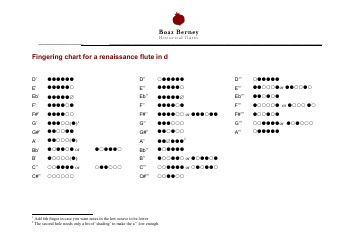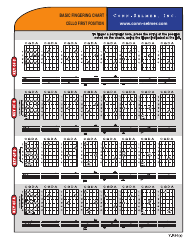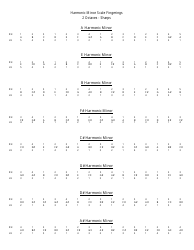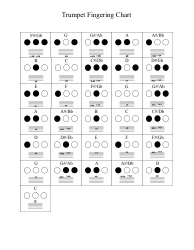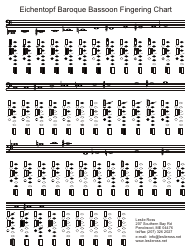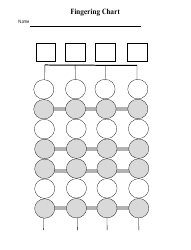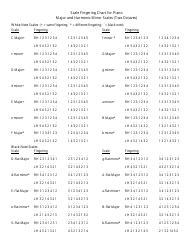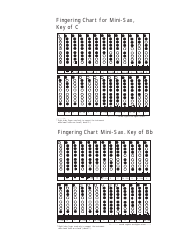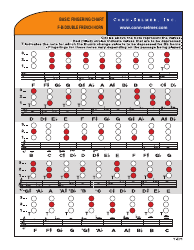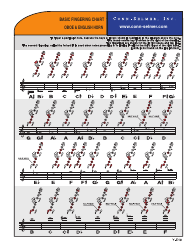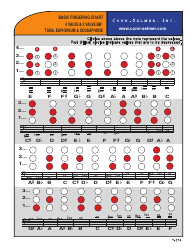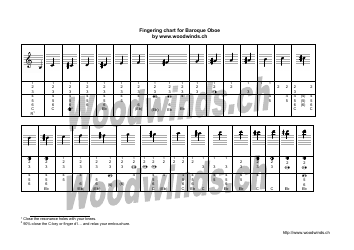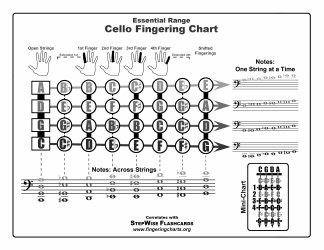Trombone Fingering Chart
A Trombone Fingering Chart is a tool used by trombone players to help them know which positions to use in order to play specific notes on the instrument. It shows the different combinations of slide positions and valve positions that are needed to produce each sound.
FAQ
Q: What is a trombone fingering chart?
A: A trombone fingering chart is a visual guide that shows the different positions or combinations of slide positions needed to produce specific pitches on a trombone.
Q: Why do I need a trombone fingering chart?
A: A trombone fingering chart can be helpful for beginners or anyone learning to play the trombone. It helps you understand where to place your slide to produce specific notes and improves your accuracy and intonation.
Q: How do I read a trombone fingering chart?
A: A trombone fingering chart typically shows a series of lines or numbers representing the slide positions. The higher the number, the longer the slide is extended. By matching the numbers on the chart with the corresponding positions on your slide, you can determine which positions to use for each note.
Q: Are there different types of trombone fingering charts?
A: Yes, there are different types of trombone fingering charts available. Some charts may focus on specific types of trombones, such as tenor or bass trombones, while others may provide a comprehensive range of fingerings for different playing styles and techniques.
Q: Are trombone fingerings the same for all trombones?
A: No, trombone fingerings can vary depending on the type of trombone you are playing. Different types of trombones, such as tenor trombones, bass trombones, or alto trombones, may require different slide positions and fingerings to produce the same notes.
Q: Is it necessary to memorize all the trombone fingerings?
A: While it is beneficial to memorize the basic trombone fingerings, it is not necessary to memorize every single fingering. With practice and experience, you will develop a better understanding of slide positions and be able to adjust them based on your musical needs.
Q: Can a trombone fingering chart help with music theory?
A: Yes, a trombone fingering chart can be a useful tool for learning music theory. By studying the relationship between slide positions and notes, you can gain a deeper understanding of musical intervals, scales, and chord progressions.
Q: How can I use a trombone fingering chart to improve my playing?
A: By regularly referring to a trombone fingering chart, you can improve your accuracy and intonation. Practicing specific exercises and scales using the fingerings provided on the chart can also help you develop better dexterity and control of your instrument.



